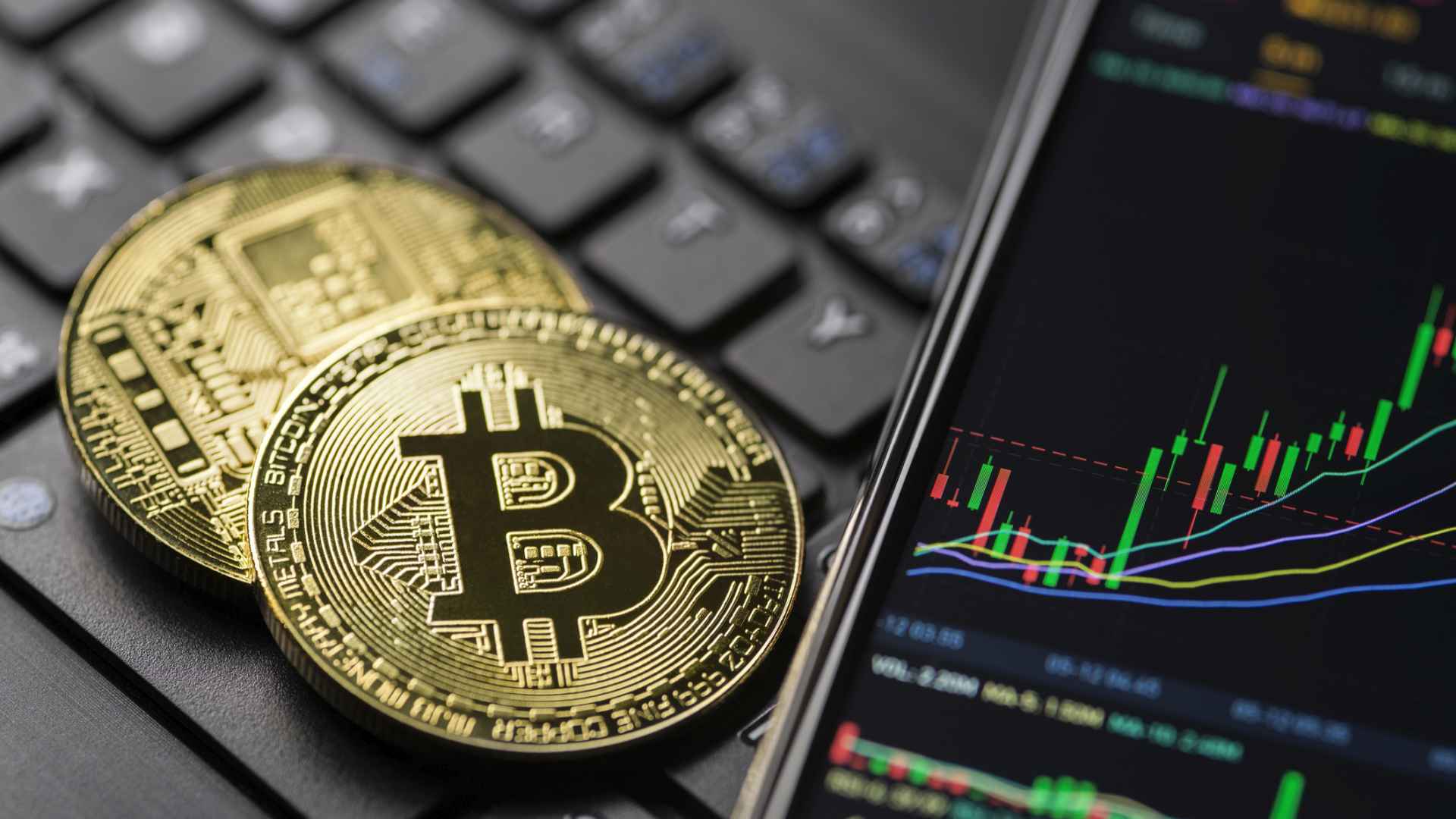
Bitcoin has delivered life-changing gains for those who bought at the right moments. The best times to buy bitcoin have almost always come during periods of fear, when prices bottomed out after hype-driven bubbles burst.
Read Next: I Asked ChatGPT How To Get Rich Off of Bitcoin — Here’s What It Said
Explore More: 6 Hybrid Vehicles To Stay Away From in Retirement
According to Utkarsh Ahuja, managing partner at Moon Pursuit Capital, the most attractive windows to accumulate bitcoin have come when global liquidity is expanding and central banks pivot toward easing after periods of tightening. If you’re eyeing your next bitcoin move, these historical lessons could be your edge.
Also see why Robert Kiyosaki says bitcoin is the “biggest opportunity” for investors.
Early Adoption Phase (2009-2010)
In bitcoin’s toddler years, it was a whisper among coders, trading for fractions of a penny, from $0.001 to $0.40. Ahuja tied these bargain-basement prices to macro turning points, where bitcoin’s groundbreaking tech offered asymmetric upside with virtually no downside.
Those who spotted the potential rode it to $1,200 by 2013, banking 300,000% returns from 2010 levels.
Check Out: 13 Cheap Cryptocurrencies With the Highest Potential Upside for You
Post-First Bubble Crash (Late 2011-2012)
Bitcoin’s initial hype wave crested at around $30 in 2011, only to fall amid exchange breaches and widespread wariness, as detailed by The New York Times. During this time, public interest dropped sharply, and media coverage turned negative.
However, investors who leaned in watched it vault to $1,200 by November 2013.
‘Crypto Winter’ After Mt. Gox Hack (2014-2016)
After bitcoin’s 2013 peak near $1,200, the 2014 collapse of Mt. Gox, a bitcoin exchange, triggered a steep drop, per the Los Angeles Times. “This event highlighted the risks associated with investing in cryptocurrencies and eroded trust in the ecosystem,” according to Kraken.
The following two years formed a long, drawn-out bear market with low interest and declining media coverage. It was trading around $360 in April 2014 and eventually dropped to $170 in January 2015, per Cointelegraph.
These years allowed patient investors to accumulate before the next big wave. By December 2017, bitcoin reached an all-time high of almost $20,000, per Kraken.
Post-2017 Hype Crash (Late 2018-Early 2019)
After peaking near $20,000 in 2017, bitcoin fell during the 2018 “crypto winter,” bottoming at $3,200 in December 2018, per Cointelegraph. Public sentiment soured, and the crypto industry faced criticism following the collapse of thousands of initial coin offerings. Prices remained suppressed through early 2019.
This window offered a clean entry point after hype had disappeared but before new institutional capital arrived. By mid-2019, bitcoin rebounded to $13,000.
COVID-19 Market Crash (March 2020)
The pandemic panic in March 2020 caused bitcoin to drop below $4,000, losing half of its value in just two days, CNBC reported.
According to Ahuja, bitcoin’s strongest rallies have come when global liquidity is expanding, and the COVID-19-era stimulus wave in late 2020 was a textbook example. Bitcoin reached an all-time high of around $68,000 in November 2021 and saw a 1,300% gain from March 2020 to November 2021, according to Kraken.
Bear Market After Inflation and Regulatory Pressures (2022)
According to Kraken, rising rates, inflation and scandals like the FTX collapse caused bitcoin to drop in 2022. In June 2022, bitcoin dropped below $20,000 for the first time since 2020, per Cointelegraph. Fear dominated the market, and many investors sold at a loss.
But by December 2024, bitcoin had surpassed $100,000. This phase repeated the historical pattern of opportunity following panic.
When Should You Buy Next?
As of August 1, 2025, bitcoin’s trading just below $114,000. It’s up nearly 80% over the past year and 864% over the past five years. The experts at Fidelity Digital Assets asserted that bitcoin was in an acceleration phase, marked by high profits and volatility, in early 2025, which could mean a bottoming phase is next.
Ahuja urged vigilance for liquidity U-turns, eroding real yields, dollar softness and risk-asset revivals. Bolstered by exchange-traded fund (ETF) momentum and institutional capital, we could be in the opening acts of a blockbuster cycle.
Ultimately, while experts can predict where bitcoin will go from here, no one knows for sure. That’s why many investing experts advise avoiding timing the market. However, it can be beneficial to understand bitcoin’s history and price cycles to make more informed investing decisions.
“Understanding the unique characteristics of crypto bull and bear markets, how long they can last and how other traders position themselves during these events can be vitally important for new crypto users,” per Kraken. “Knowing what sets these market phases apart may allow investors to make better-informed trading decisions and help them to adapt their strategies accordingly.”
More From GOBankingRates
- I'm a Realtor: This Is Why No One Wants To See Your Home
- 3 Things Retirees Should Stop Buying To Save Money Amid Tariffs
- 8 Common Mistakes Retirees Make With Their Social Security Checks
- 5 Types of Cars Retirees Should Stay Away From Buying
This article originally appeared on GOBankingRates.com: 6 of the Best Times To Buy Bitcoin in History — and When To Buy Next







